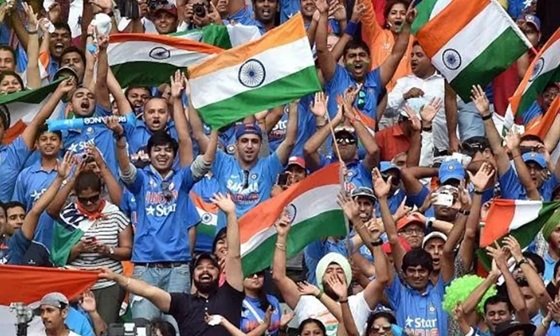Cricket is deeply woven into the fabric of Indian life. It is a sport, a form of entertainment, a shared emotion, and in many ways, a cultural rhythm. Whether someone is a passionate fan or a casual observer, cricket inevitably becomes part of daily conversations, routines, and celebrations.
From morning newspaper highlights to evening street matches, from chai-stall debates to family gatherings during major tournaments, cricket’s influence reaches every corner of India. Understanding how this sport shapes everyday behavior reveals why it remains the country’s most beloved pastime.
Cricket and the rhythm of daily life
For many people in India, cricket fits naturally into their daily schedule. Fans follow matches before work, during lunch breaks, or in the evening.
Typical ways cricket blends into routines:
- checking live scores between tasks
- watching highlights during tea breaks
- discussing match predictions with colleagues
- planning weekends around major fixtures
- following player updates on social media
Cricket becomes a steady backdrop that adds excitement and conversation to everyday life.
How local cricket shapes childhood and youth
Across India, children grow up playing cricket in streets, parks, and school grounds. These informal games teach valuable life skills long before any structured coaching begins.
Skills developed through early cricket:
- coordination and physical fitness
- teamwork and communication
- handling pressure
- improvisation and strategizing
- confidence through friendly competition
These experiences shape young people not just as players, but as individuals.
The emotional pull of national and league teams
Fans develop a deep attachment to both national and franchise teams. This bond influences how they consume media, spend time, and engage with communities.
Reasons for emotional connection:
- shared pride during international tournaments
- admiration for star players
- regional loyalty during league seasons
- memorable match moments that feel personal
Many people remember exactly where they were during iconic matches — the sport becomes part of personal history.
Cricket-driven social interactions
Cricket acts as a common language among people of all ages and backgrounds. Even strangers can connect over a single match update.
Social spaces where cricket dominates conversation:
- office canteens
- college classrooms
- neighborhood chai stalls
- WhatsApp family groups
- evening walks with friends
- long train or bus journeys
These moments strengthen friendships and build a sense of community.
Digital cricket culture: apps, alerts, and online habits
Today, following cricket is as much a digital activity as a physical one. Fans rely on mobile apps, match trackers, fantasy platforms, and short video clips to stay updated.
Common digital habits include:
- subscribing to score alerts
- checking pre-match analysis
- browsing player statistics
- reacting to moments instantly on social media
- saving useful links and resources in bookmarks
Many users keep a mix of sports-related pages and general-purpose sites among their frequently visited links. In some personal lists you may even find platforms such as Lucky Star alongside cricket score apps, news portals, and discussion forums — reflecting each individual’s unique browsing habits.
The rise of cricket analytics and data curiosity
With the growth of televised analysis and online statistics, fans are becoming more analytical. They follow metrics like strike rates, economy rates, pitch behavior, and match-up histories.
This trend encourages:
- critical thinking
- deeper understanding of the sport
- interest in data and performance science
- more thoughtful discussions during matches
Cricket has, in many ways, introduced statistical thinking to mainstream conversations.
How cricket inspires fitness habits
Many people are motivated by cricket to stay active. Fans often adopt cricket-inspired exercises or join casual weekend games.
Popular fitness habits influenced by cricket:
- morning jogs inspired by player routines
- community cricket matches on weekends
- simple stretching and mobility drills
- children practicing bowling or batting in open spaces
This indirect influence helps create a healthier lifestyle.
Cricket and family bonding
During major tournaments, households often gather to watch matches together. This tradition strengthens family ties.
Common family rituals include:
- preparing snacks before big matches
- celebrating boundaries and wickets together
- friendly disagreements about strategies
- sharing predictions and post-match reactions
- introducing younger family members to the sport
These shared experiences create long-lasting memories.
A short overview of cricket’s broader impact
- Economy: boosts advertising, local vendors, merchandise, tourism.
- Education: encourages discipline, teamwork, leadership.
- Technology: drives innovation in broadcasting and analytics.
- Media: dominates conversations, trends, and entertainment content.
- Culture: unites people across regions, languages, and backgrounds.
Final thoughts
Cricket in India is more than a sport — it is a cultural heartbeat that influences habits, relationships, celebrations, and even digital routines. Its presence is felt in daily schedules, neighborhood conversations, childhood play, and national pride. As digital engagement grows and new generations embrace the sport, cricket will continue shaping India’s social and emotional landscape for years to come.



